American Politics and Political Economy
A series edited by BENJAMIN I. PAGE
Gerald N. Rosenberg
The Hollow Hope
Can Courts Bring About Social Change?
Second Edition
The University of Chicago Press
Chicago and London
Gerald N. Rosenberg teaches both law and political science at the University of Chicago and is a member of the Washington, D.C., Bar.
The University of Chicago Press, Chicago 60637
The University of Chicago Press, Ltd., London
1991, 2008 by The University of Chicago
All rights reserved. Published 2008
Printed in the United States of America
17 16 15 14 13 12 4 5
ISBN-13: 978-0-226-72670-0 (cloth)
ISBN-13: 978-0-226-72671-7 (paper)
ISBN-13: 978-0-226-72668-7 (ebook)
ISBN-10: 0-226-72670-3 (cloth)
ISBN-10: 0-226-72671-1 (paper)
Library of Congress Cataloging-in-Publication Data
Rosenberg, Gerald N.
The hollow hope : can courts bring about social change? / Gerald N. Rosenberg.2nd ed.
p. cm.
Includes bibliographical references and index.
ISBN-13: 978-0-226-72670-0 (cloth : alk. paper)
ISBN-13: 978-0-226-72671-7 (pbk. : alk. paper)
ISBN-10: 0-226-72670-3 (cloth : alk. paper)
ISBN-10: 0-226-72671-1 (pbk. : alk. paper) 1. CourtsUnited States. 2. Political questions and judicial powerUnited States. 3. Sociological jurisprudence. 4. Civil rightsUnited States. 5. Womens rightsUnited States. 6. Social change. I. Title.
KF8700.R66 2008
340.115dc22
2007038915
 The paper used in this publication meets the minimum requirements of the American National Standard for Information SciencesPermanence of Paper for Printed Library Materials, ANSI Z39.48-1992.
The paper used in this publication meets the minimum requirements of the American National Standard for Information SciencesPermanence of Paper for Printed Library Materials, ANSI Z39.48-1992.
To the Memory of My Parents,
MILTON H. AND BEATRICE N. ROSENBERG
and for
BONNIE L. KOENIG
With the breath, smiles, tears, of all my life.
Browning
Contents
Appendices
Tables and Figures
Tables
Figures
Preface to the Second Edition
I was standing in the ballroom of a hotel at the 1995 meeting of the American Association of Law Schools when a voice boomed out across the room, catching everyones attention: Rosenberg, the voice called out excitedly, Ive got you! The speaker was a professor at Yale Law School from whom I had taken a class. After exchanging pleasantries, I asked him what he meant. He responded with one word: Hawaii. Expounding on that answer, he explained that the argument of this book was wrong because the Hawaiian courts were on the verge of requiring the state to issue marriage licenses to same-sex couples. Once that happened, he argued, all states would be required to recognize them under the Full Faith and Credit Clause of Article IV of the Constitution. Thus, the right to same-sex marriage was on the verge of being won nationwide through litigation. I knew, then, that I had to investigate the litigation effort to win the right to same-sex marriage.
This second edition has been a long time in coming. In part this is due to the fact that the battle for same-sex marriage is constantly evolving. Each time I thought I was almost done a new event occurred, enriching and sometimes complicating the analysis. It got to the point where I would have to either set an arbitrary cutoff date or never publish. Obviously, I chose the former.
This edition contains a new section, part IV, on same-sex marriage, which includes an introduction and two chapters. , which incorporates the lessons learned from same-sex marriage litigation. I have also added a short epilogue.
The rest of the book is unchanged because, pigheaded though I may be, I still think the argument is correct. While there has been no shortage of critics, for the most part I dont find the criticism particularly troubling. As I note in the epilogue, I have responded to criticisms in several publications. However, for the benefit of the reader, I have posted a response to critics as well as a list of reviews on a permanent Web page maintained by the University of Chicago Press. It can be found at http://www.press.uchicago.edu/books/Rosenberg/.
I presented the ideas contained in these new chapters at several scholarly meetings, including the annual meetings of the Midwest Political Science Association and the Law & Society Association. As the project neared completion I presented the main argument at, and received valuable feedback from, the American Politics Workshop at the Harris School of the University of Chicago and the Law and Political Economy Workshop at Northwestern University Law School. I owe many thanks to Will Howell of the Harris School and Lee Epstein and Emerson Tiller of Northwestern. I also received more than a dozen student critiques from the Northwestern Workshop. An earlier draft of the material was read by Steve Teless seminar at Yale Law School and I am grateful for the feedback I received from both Professor Teles and a couple of his students.
Two colleagues, Ellen Andersen of Indiana University Purdue University Indianapolis and Andy Koppelman of Northwestern University Law School, read the penultimate draft of these new chapters and provided thoughtful and detailed comments. In their own way each pushed me to refine the argument and make it more nuanced.
I was also aided by two terrific research assistants: Chris Rohrbacher at the early stages of the project and Jennifer Esquibel at the later stages, which included the newspaper coding for part IV. Both are fine scholars and I regret not having dissuaded them from practicing law.
Finally, I owe an enormous debt of gratitude to John Tryneski of the University of Chicago Press. Waiting for me to complete this revised edition took the patience of Job. Over the many years I have worked with John, both as one of his authors and as a member of the Faculty Board of the University of Chicago Press, my admiration has only grown. John is not only knowledgeable, he is also patient and wise. He is all an editor and colleague can be.
Finally, I need hardly state that all errors are mine. If the first edition is any indication, there will be many readers who will make the point crystal clear.
Preface to the First Edition
This is a book about the role of courts in producing major political and social change in the middle and late decades of the twentieth century. Growing up in the 1960s in a liberal New York City household, I naturally looked to the Supreme Court, identifying it with important liberal decisions in a host of fields. But study overseas, and a deepening understanding of the role of courts in other democratic systems, made me curious about the unique role of U.S. courts. Completion of a law degree further piqued my curiosity, for the idea that the Supreme Court played a fundamental role in reshaping modern American society was uncritically assumed by all. Curiosity got the best of me.
In examining the role of the courts I am neither attacking nor praising them. Rather, my aim is to understand to what extent they helped and can help produce liberal change. Both supporters and critics of judicial activism are likely to be disappointed because I do not take sides on the question of what courts ought to do. I do take a position on the usefulness of litigation to liberal reformers. And my approach is entirely independent of the individual makeup of the courts. To many in the liberal community, one lasting impact of the Reagan revolution is the rightward tilt of the judiciary through the appointment of politically conservative judges and justices. Regardless of the accuracy of this assertion, I look past individuals to the structure of the judicial system, for it is likely that sometime in the future a politically liberal president will appoint different judges and justices. And, of course, I want to understand the role of the courts in the pre-Reagan era.



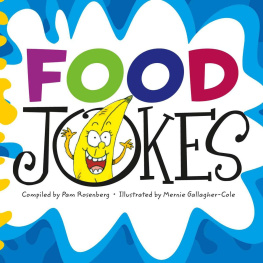
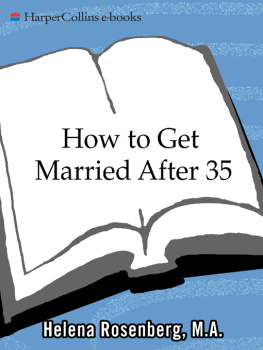
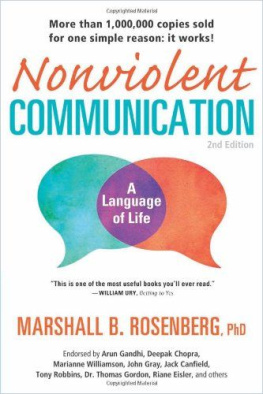
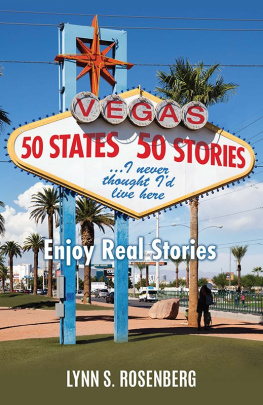
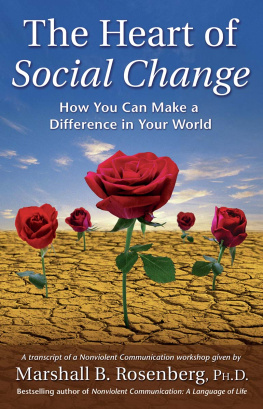
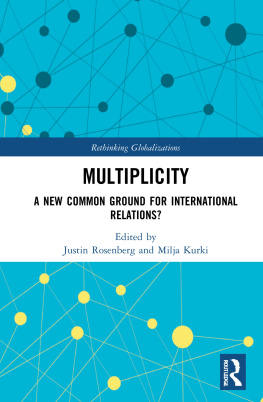
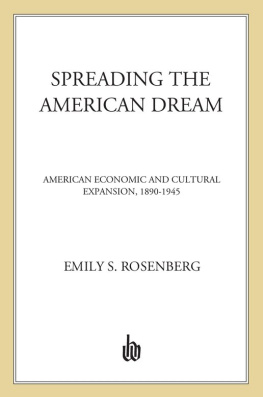
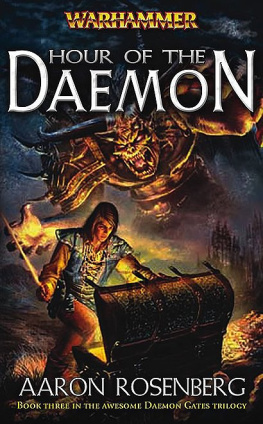

 The paper used in this publication meets the minimum requirements of the American National Standard for Information SciencesPermanence of Paper for Printed Library Materials, ANSI Z39.48-1992.
The paper used in this publication meets the minimum requirements of the American National Standard for Information SciencesPermanence of Paper for Printed Library Materials, ANSI Z39.48-1992.